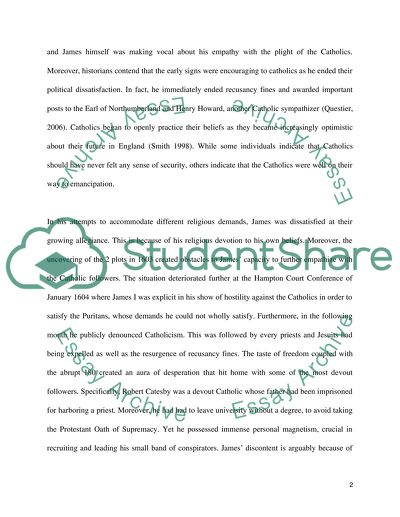Cite this document
(“The Gunpowder Plot Essay Example | Topics and Well Written Essays - 3000 words”, n.d.)
Retrieved from https://studentshare.org/history/1393600-what-were-the-repercussions-of-the-gunpowder-plot
Retrieved from https://studentshare.org/history/1393600-what-were-the-repercussions-of-the-gunpowder-plot
(The Gunpowder Plot Essay Example | Topics and Well Written Essays - 3000 Words)
https://studentshare.org/history/1393600-what-were-the-repercussions-of-the-gunpowder-plot.
https://studentshare.org/history/1393600-what-were-the-repercussions-of-the-gunpowder-plot.
“The Gunpowder Plot Essay Example | Topics and Well Written Essays - 3000 Words”, n.d. https://studentshare.org/history/1393600-what-were-the-repercussions-of-the-gunpowder-plot.


